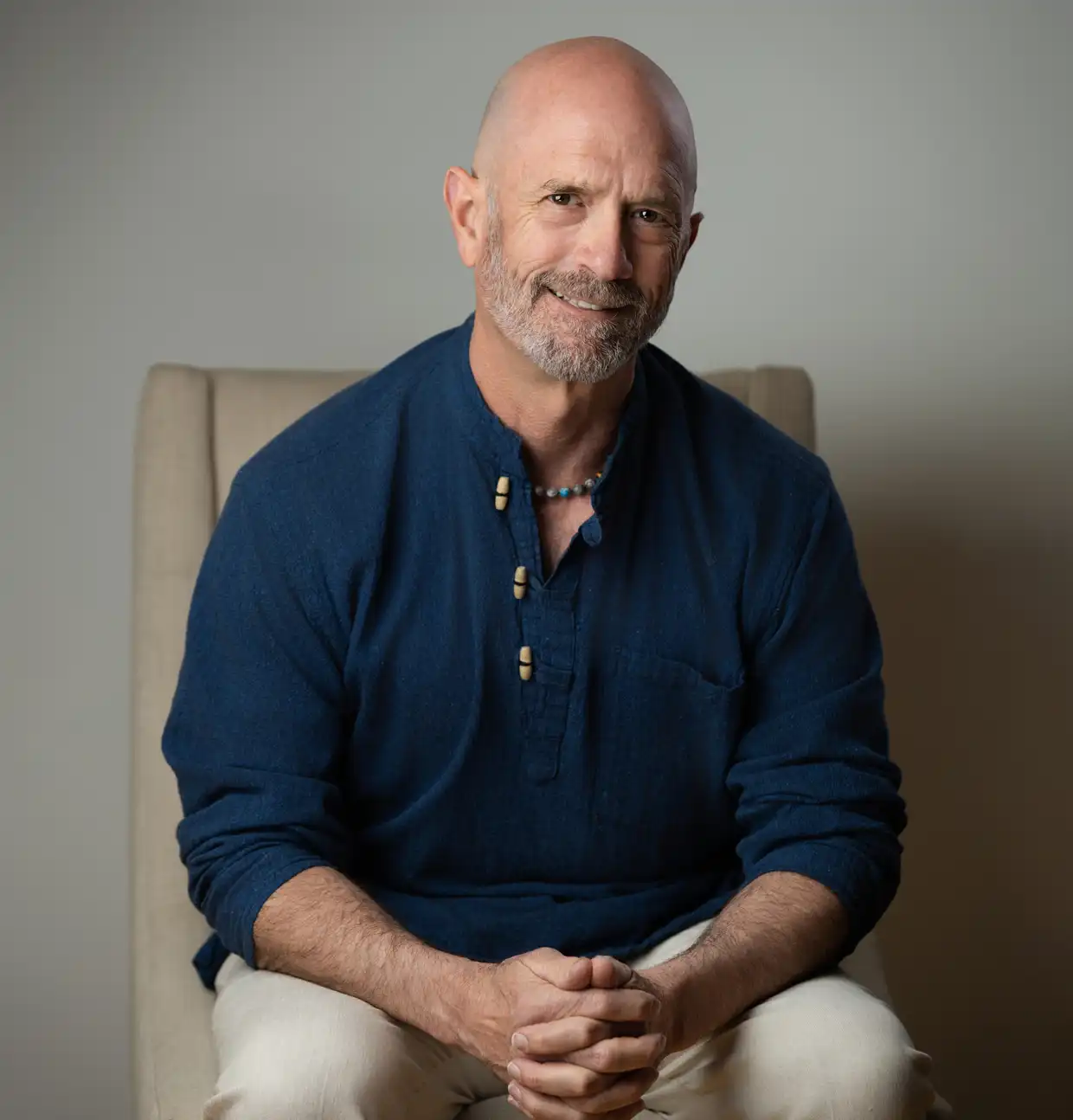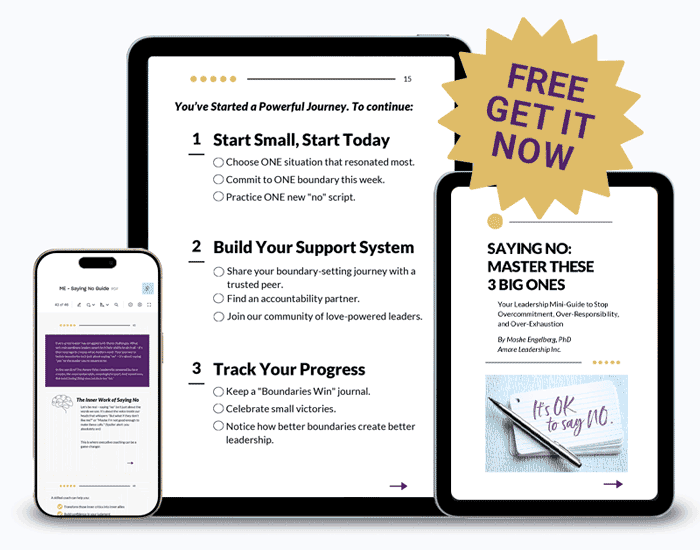When Satya Nadella became CEO of Microsoft, he didn’t start by revamping strategy or restructuring teams. He started with something more personal—and unexpected: a deep dive into emotional intelligence and self-awareness.
Nadella knew that to transform the company, he first had to transform how people related to themselves and each other. He openly acknowledged his own blind spots and encouraged his leadership team to do the same—not just with performance metrics, but with how they showed up emotionally and relationally.
That shift wasn’t just philosophical. It became the foundation for Microsoft’s resurgence as one of the world’s most valuable and admired companies.
Feeling ‘Off’ Is a Clue
In the rush to produce, perform, and please, it’s easy to stop checking in with yourself. But that vague unease—tension in your chest, irritability, a sense of disconnect—isn’t random. It’s your internal GPS trying to get your attention, because something is ‘off.’
The more attuned you are to your inner signals, the more clearly you can navigate your choices. Remember, you can’t adjust what you don’t notice. The answers you’re looking for won’t come from doing more—they’ll be revealed by you tuning in and paying closer attention.
When You Ignore the Signs
Stacey, a veteran book production pro, once ignored her gut and took on a client who felt misaligned from day one. Her inner wisdom whispered no. Her head said, “But this project matters!” So she said yes. Months of tension and regret followed. Her takeaway: nothing is worth disregarding her inner signals—not even a great idea or a noble cause.
Walking Away From “Success” and Ending Up With More
He pivoted—bought a struggling yoga studio, and began making decisions guided by meaning and joy rather than profit alone. Revenue grew, and the studio is now a thriving, sustainable business. Why? Because tuning in helped him take inspired action that was aligned with his deeper knowing—and that changed everything.
- Where in your leadership do you feel just a little “off”?
- Will you practice ‘tuning in‘ more often—and really listening?
- How do you know when you’re out of alignment with yourself?
Tune In with the “Strong Start” Coaching Program
Explore our “Strong Start” 3-month executive coaching program. It’s a low-risk, high-value way to grow and flourish as the leader you are called to be. For more information, contact me here.
7 Amare Action Steps to Build Real-Time Self-Awareness
1. Check your inner dashboard daily. Before diving into decisions, pause and ask: “What’s true for me right now?” Tune into your breath, body, and gut—your internal data is often more honest than your thoughts.
2. Notice your body’s signals. Tight shoulders? Sighs before meetings? A heavy chest after a conversation? Your body is a brilliant sensor. Treat it like a trusted advisor.
3. Identify your self-awareness blind spots. Find the patterns or people that consistently cloud your clarity. Notice when you numb out, overreact, or go on autopilot—and gently trace it back.
4. Let self-awareness guide your decisions. Before saying yes, setting a fee, or hiring someone, check in to see if you’re choosing from clarity or conditioning. Insight beats impulse.
5. Strengthen your recovery reflex. When you override your gut (and you will), don’t spiral. Just notice it, name it, and return to presence. It’s a practice, not a failure.
6. Use your ‘off’ moments as insight. Notice when you feel drained, annoyed, or disengaged. Don’t judge it. Track it. These are not flaws—they’re feedback.
7. Start with one mindful moment. Each morning, ask: “What do I need to remember about myself today?” That one question can shift your entire approach.
Your Most Practical Leadership Practice
“Know thyself” was once inscribed above the Temple of Apollo in ancient Greece. The phrase traveled through millennia, showing up in the Bhagavad Gita, Plato, Shakespeare—and even in modern-day leadership programs and executive retreats.
Self-awareness isn’t just a personal virtue—it’s your most practical leadership tool. It’s what helps you notice when something’s off, before it becomes a crisis. It’s what gives you the clarity to make courageous decisions and the integrity to act on them.
Once you begin tuning in, you’ll see what’s been there all along—what feels right, what needs to shift, and what you’ve outgrown. You can’t unsee it. And that’s a good thing.
Because leaders who know themselves lead differently. They listen better. They recover faster. And they inspire trust—not by being perfect, but by being real.
So take the hint. Trust the signal. Know yourself—then lead from there.
You’ve got this.
Moshe
Today’s Amare Wave Wednesday Quote
“There are three things extremely hard—steel, a diamond, and to know one’s self.”
— Benjamin Franklin
Click here and read more Amare Wave Wednesday newsletters on related topics:
Intuition, Instinct, and Fear: A Leader’s Guide to Knowing the Difference and Choosing Wisely
The Power of Discernment to Make Business Better
How to Lead Through Hard Times Without Adding Suffering to Your Load
Six Ways to Increase Your Self-Awareness in Leadership and Business
The Beautiful Art of Letting Go: Why Leaders Need to Destroy the Old to Create the New
Original article published on Inc.com.


